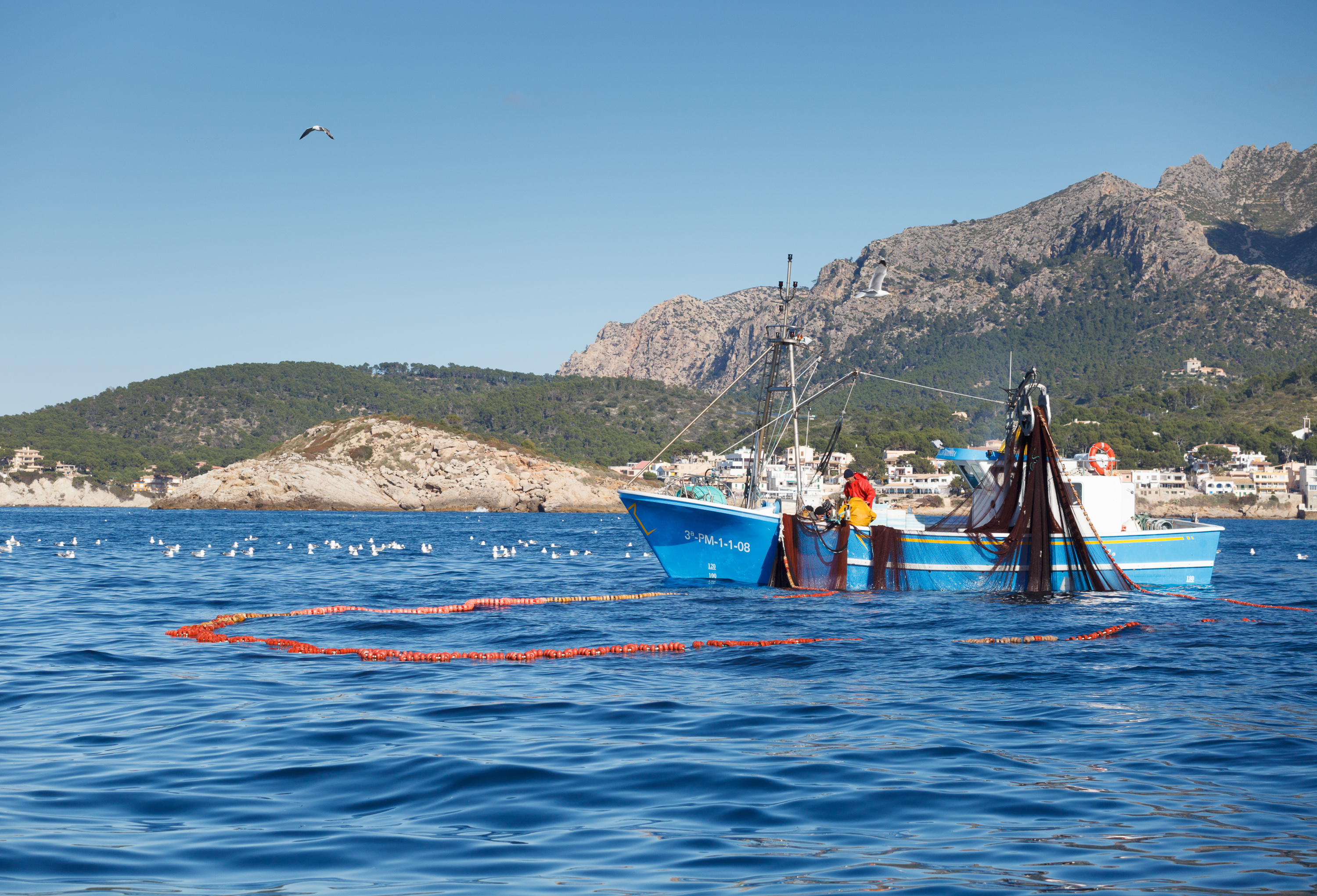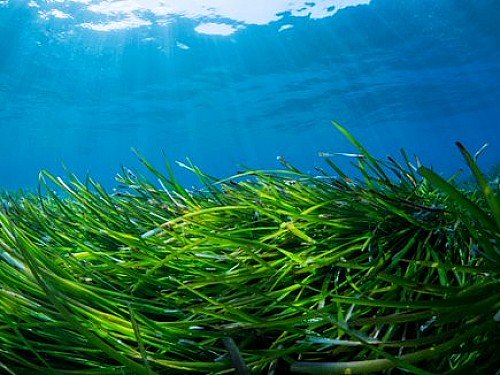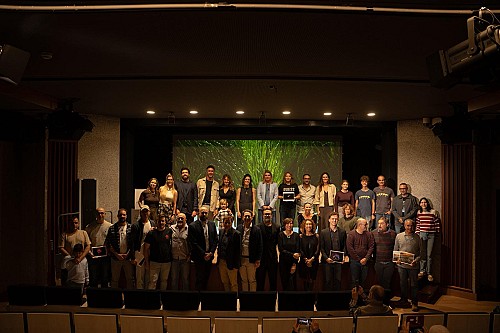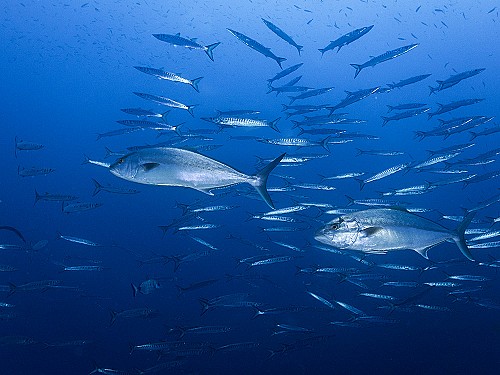There are 46 recreational fishing boats for every professional boat in the Balearic Islands
Published 24.03.2025
Share

Image: Sebastià Torrens
Between 1950 and 2021, the number of professional fishing boats has gone from 1,265 to 257.
The 2024 Balearic Sea Report (IMB) has compiled up-to-date information on the benefits provided by the sea and about the fishing activity in the Balearic Islands, which provides between 15 and 17% of the fish that is sold on the islands.
The data collected indicates that it is a declining sector. Between 1950 and 2023, the number of professional fishing vessels in the Balearic Islands has fallen by 80% from 1,265 to 257. During the same 74-year period, the number of crew members was reduced by 91%, from 4,976 to only 461.
Regarding the fishing gear used, in 2023 there were 226 small-scale fishing vessels, while in 2014 there were 277, a reduction of 18% in 10 years. In 2023, there were 31 trawlers, 68% fewer than in 1975, when there were 96.
In contrast, recreational fishing is increasing. Some 44,070 recreational fishing licences (boats, underwater fishing, individual and sport fishing) were issued in 2023. In the same year, 11,743 recreational boats had fishing licences, while there were a total of 257 professional fishing boats, which means that there are 46 recreational fishing boats for every professional one.
Marine aquaculture
Aquaculture in the Balearic Islands began in Menorca around 1880, with the first traditional mollusc farming in parks and on rafts for the island's consumption. Between 1984 and 2007, fish farming also developed in Mallorca.
Since 2007, aquaculture has produced no fish. Instead, juveniles of gilthead sea bream (Sparus aurata) and sea bass (Dicentrarchus labrax) are produced and then taken to the Peninsula to be fattened. The production of juveniles in the Balearic Islands has increased considerably over the last 20 years. In 2003, the economic value of the fry produced was €1.95 million, while in 2023 it was €16.5 million.
Mollusc aquaculture now only found in Menorca, is based on the production of mussels (Mytilus galloprovincialis) and clams (Venus verrugosa). The clams, although small in terms of weight, have significant economic value. However, recently, they have been drastically reduced.
In 2006, clam production represented 32% of total mollusc production, while in 2022 it was only 0.2%. If we make the comparison by weight, in 1994 and 1995, 5 tonnes were produced, while in 2022 production was only 0.02 tonnes. In 2023, it reached 0.5 tonnes.





